7 days. Route by car through Cantabria
Cantabria is a land of mountains, coast, tradition and culture, green meadows, rivers and natural parks. Traveling to Cantabria is synonymous with authenticity, local products and good food, charming towns and villages and unique corners. So that you discover this beautiful land at your own pace, we have prepared this seven-day car route with which you will not miss a thing. This plan includes 6 nights in a central hotel, of which 3 nights you will stay in Santander and another 3 nights in San Vicente de la Barquera to save on distances. In addition, if you wish, you can add tickets to the main places of interest such as Cabárceno Park and the Fuente Dé cable car. With this route you will not only get to know Cantabria in full, but you will also have enough time to enjoy its restaurants, bars, walks and shops without stress. You set the rhythm! So if you are thinking of traveling to the north alone, as a couple, with family or friends, Cantabria is your holiday destination.
Are you interested?
Experience Details
What it includes?
- The best itinerary for you to fully discover Cantabria
- Accommodation in a central hotel in Santander
- Entrance to the Cabárceno Nature Park
- Entrance to the Fuente Dé cable car
Does not include
- Flights (only included if they have been selected in the search engine)
- Rental car
- Pick up and return service to the hotel
- Other entrances not mentioned
- Other transfers and services not mentioned
What to bring
Comfortable shoes
Umbrella or raincoat if you travel in the rainy months
Warm clothing if you travel in winter
Travel guide of 7 days. Route by car through Cantabria
Day 1: Arrival in Santander. Discovering the capital of Cantabria.
Once you arrive in Santander by car, we recommend that you leave your bags at the hotel and head to Santillana del Mar. Another option would be to start by touring the center of Santander but we recommend that you leave it for last. Santillana del Mar is only a 30 minute drive from Santander. It is a beautiful cobbled town where you will find the Collegiate Church of Santa Juliana. Walking through its streets and visiting the collegiate church will not take you more than an hour, depending on whether you want to stop for a good sobao, a butter cake or Quesada con Leche or buy something in its souvenir stores. When you finish visiting this village, catalogued as one of the most beautiful in Spain, the next stop will be the Altamira Museum, a few kilometers from Santillana del Mar. This museum is a must-visit as it replicates the cave and the cave art of Altamira, now closed to the public. The visit will take you about 40 minutes since, in addition to the Neocave, there is an exhibition of Paleolithic tools and utensils.
On leaving the museum, if it is close to lunchtime, you can stop for lunch in Yuso, a nearby town with good restaurants with traditional menus. In the afternoon, on the way back to Santander, stop in Suances to see the coast and take the famous photo with the letters of the municipality at the Quinta del Amo viewpoint. If you travel in summer, you can take the opportunity to take a dip in La Concha beach or stroll along the promenade where in high season there are many restaurants and stores open. If you are traveling outside of the summer months, everything will be closed so don't count on eating here.
Back in Santander, leave the car well parked until tomorrow and take a stroll along the promenade which includes the beautiful Centro Botin building, the Pereda Gardens and the statue of the Raqueros in Puertochico. Climbing the stairs of the Botín Center you can get fantastic views of the bay of Santander. If you like art, you can contact us to arrange your entrance to the interior as access to the top floor by the outside stairs is free.
To finish today, you can go to the Plaza del Ayuntamiento, the Cathedral of Santander and the Plaza Porticada. If you are looking for a place to dine, you will find a wide variety of restaurants in the center.
What will you see today?
Gardens of Pereda
The Raqueros
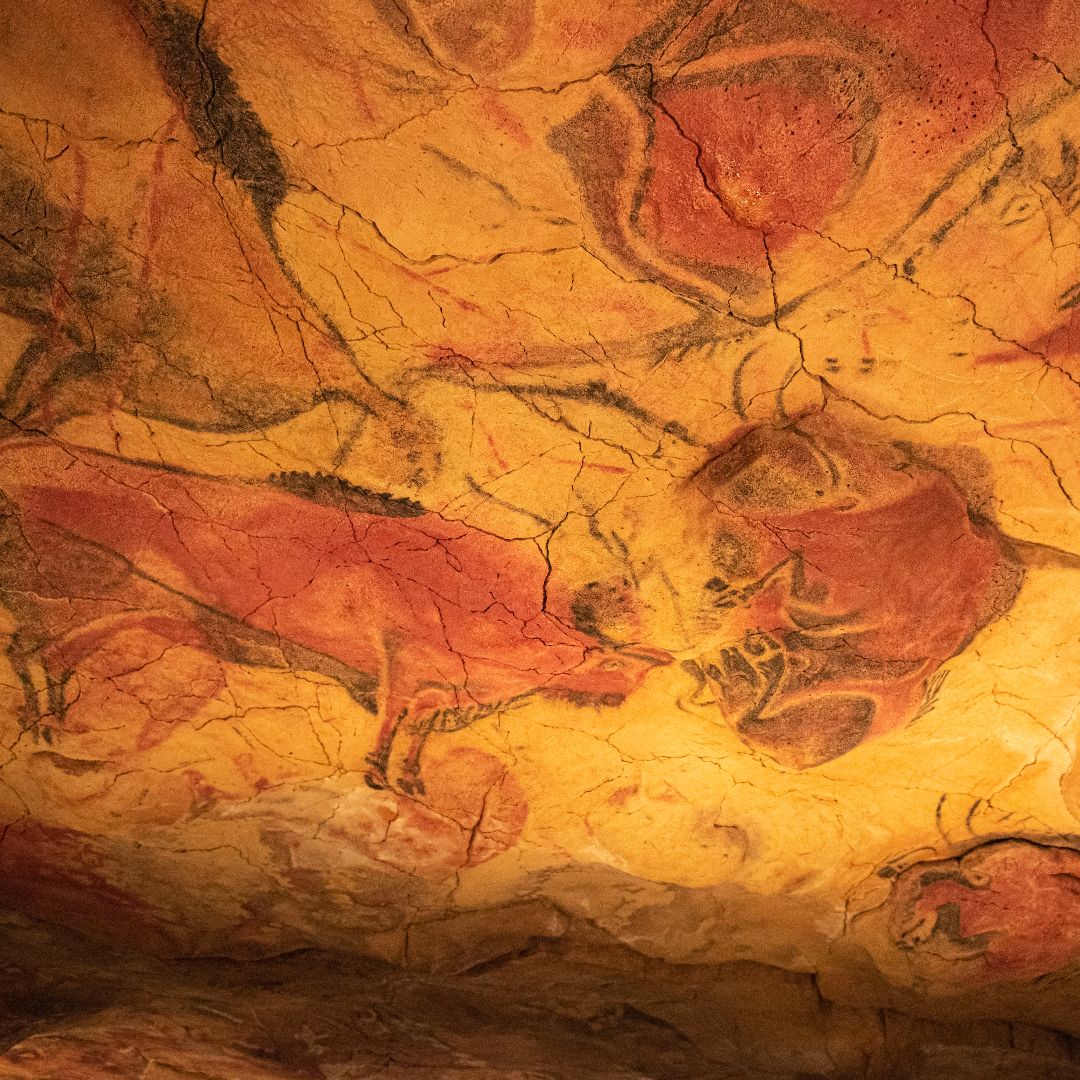
Visit to the Altamira Museum
If you don't have time to visit the Altamira Museum on the first day of your arrival, don't worry as you will pass through that point several times during your car trip through Cantabria.
The ticket is purchased at the museum itself and the price is very modest.
The visit to the Altamira Museum is accessible for people with reduced mobility.
Where to have breakfast or snack in Santillana del Mar
If you haven't had breakfast or you feel like doing it again, in Santillana del Mar there is a small cafeteria-bakery open since 1912: Lorenzo Fernández Bakery. As soon as you enter you will see a showcase full of sweets, among which are the famous sobaos from Pasiegos, quesadas and Unquera ties. We found it by chance on our visit to Santillana del Mar when it started to rain and we decided to go in for a coffee while it died down. Quite a find!
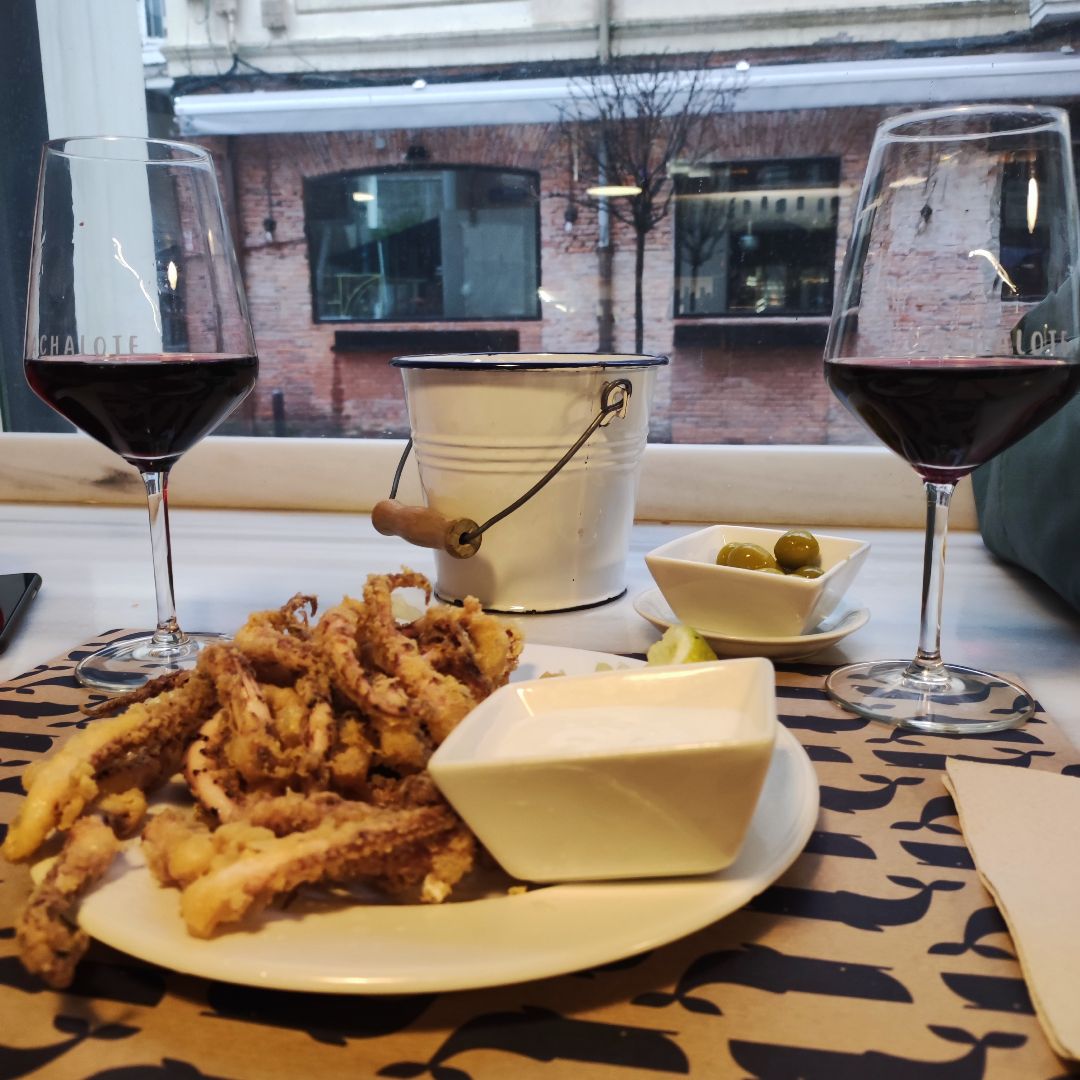
Restaurants for tapas in the center of Santander
Santander has a great gastronomic offer, where its restaurants and bars stand out where you can hang out, which is what the Cantabrians call going from place to place eating portions and having a drink.
You will find these shops and establishments along the Plaza de Cañadío and on Hernán Cortés, Daoiz y Velarde and Santa Lucía streets. These streets are linked and are full of very lively bars and terraces with a great culinary offers. Do not miss their seafood dishes, among which the squid rings and anchovies stand out. If you like potato omelette, their speciality is with Cabrales cheese, it is delicious. Of course, don't forget to try the fabulous Cantabrian cheeses and, for dessert, their Quesada pasiega.
Day 2: Cabárceno and Liérganes Nature Park
The Cabárceno Nature Park is only about 20 minutes by car from Santander. Once you get there, you will have to show your ticket at the box office at the access point. The visit to the park is by car where you will make different stops at the viewpoints that are well signposted and have a place to park and take photos and observe the animals in semi-freedom: giraffes, elephants, rhinoceroses, bears, pygmy hippos, reptiles, hyenas, lions... This ticket includes a full-day visit to the Cabárceno Natural Park and a cable car ride to see the park from the air. The visit usually lasts about 6 hours, depending on how long you spend taking pictures and if you are traveling with children.
In the afternoon, you can go to the beautiful town of Liérganes, on the way to Santander and just 20 minutes from Cabárceno. This municipality has a river and a beautiful stone bridge, the Puente Mayor, where you will find the statue of the fish man. We recommend that you get lost in its cobbled streets and, if you have time, sit down to have chocolate with churros, a typical dish here, before returning to Santander.
What will you see today?
Cabarceno Nature Park
Lierganes
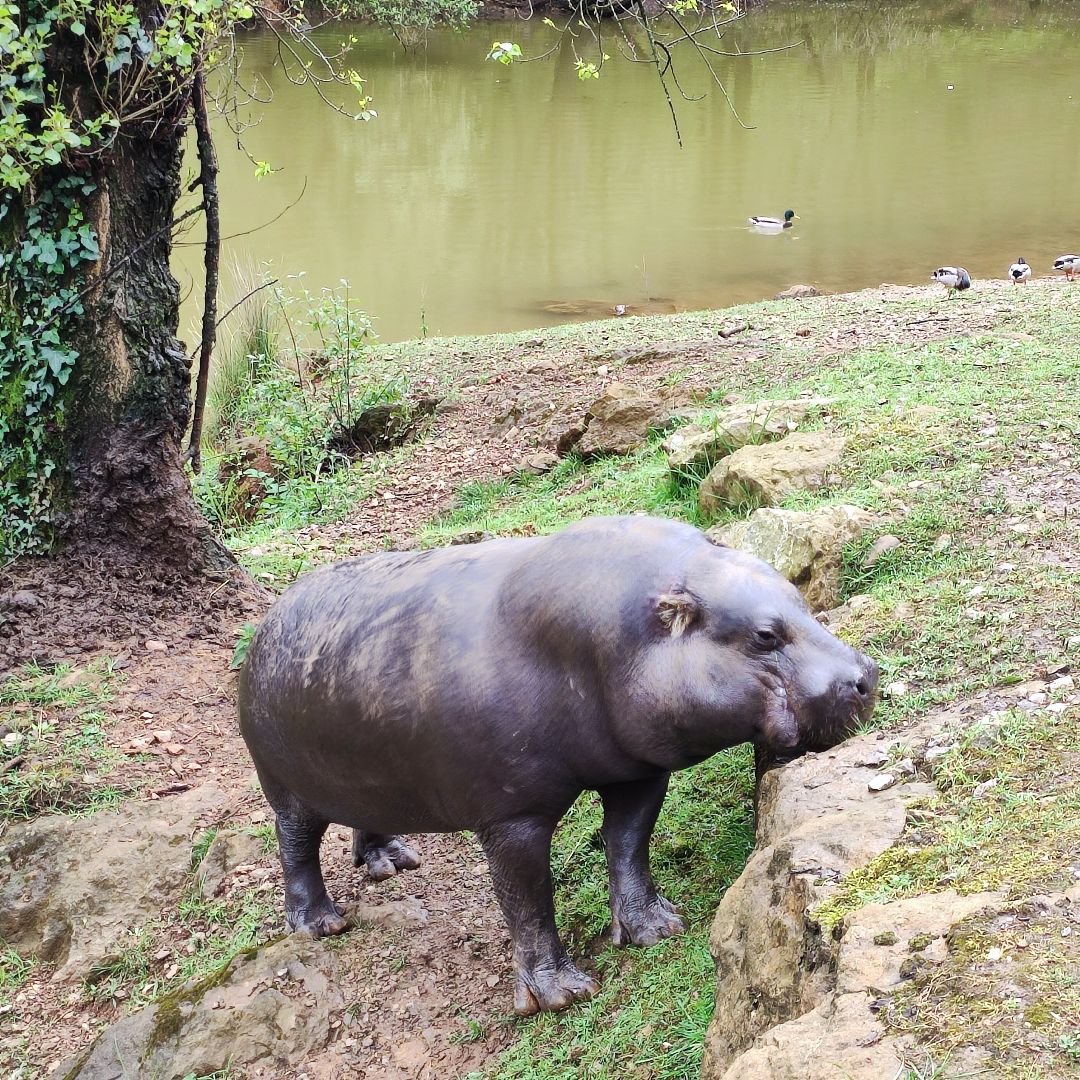
Cabarceno Park
The Cabárceno Park is not a zoo or a conventional park, but a large area of 750 hectares in which 1,000 animals live in semi-freedom. This means that, excluding the fact that they are fed by the park staff, the rest of their instincts continue to be free, so it is unusual to see the males fight during the mating season or to see baby elephants that have been born in the park. . Also, did you know that this beautiful park, full of animals from five continents, was an old mining operation? The beauty of the karstic landscape that you can see during your visit is will surprise you.
Restaurants in the Cabárceno Nature Park
If it's time to eat, you can do it in the restaurants inside the park or outside it. We recommend that you eat outside the park as it is cheaper and you will find fewer people. Don't worry if you haven't finished the visit because with the ticket you can leave and re-enter on the same day as long as you show your ticket.
Restaurants outside the park are very close, right next to the elephant area. In them, you will find a traditional menu option plus a set meal option where they usually include the famous mountain stew.
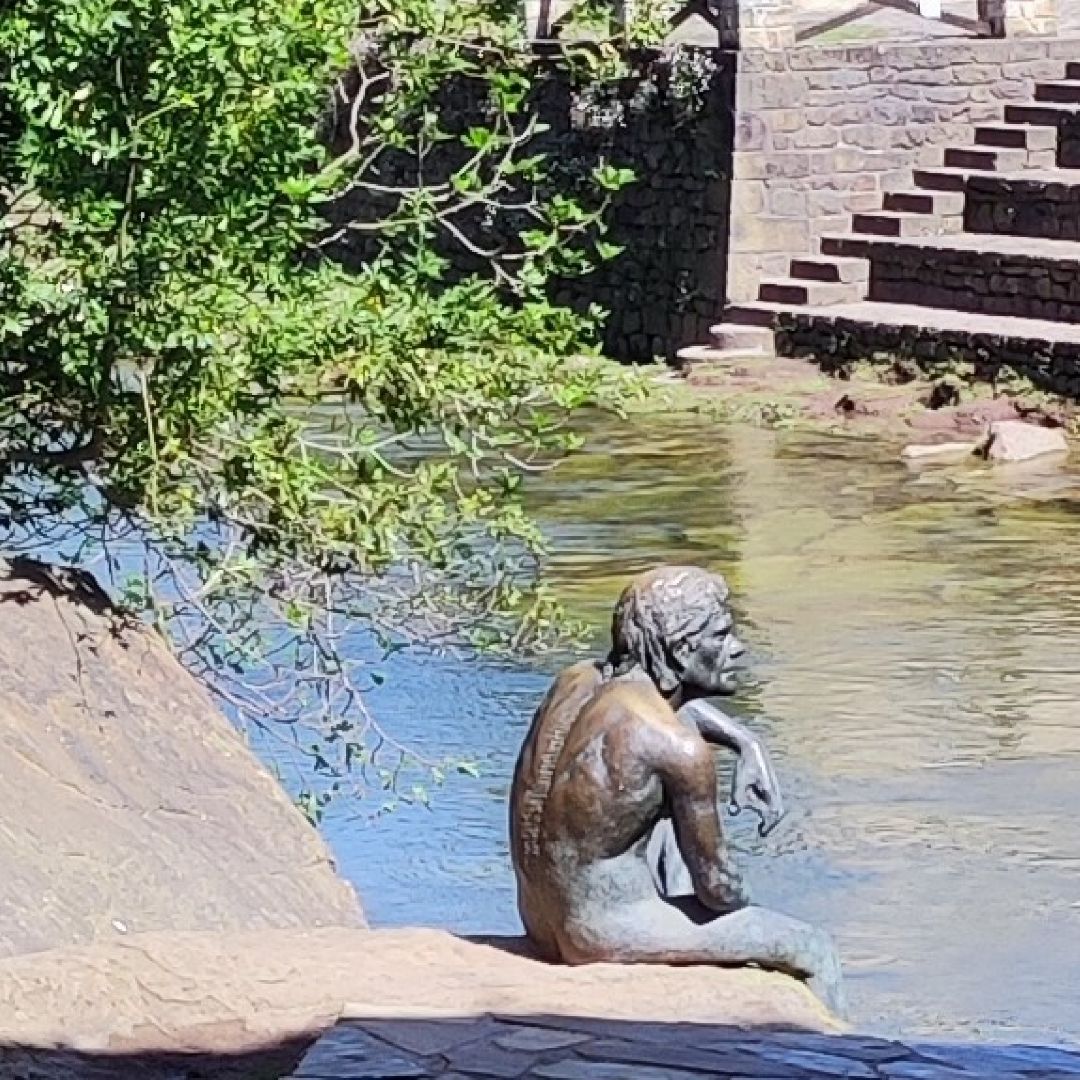
The legend of the Fish Man of Liérganes
The Fish Man statue in Liérganes is made in honor of Francisco de la Vega. According to legend, this young man was swept away by the river and it was believed that he had drowned. Five years after his disappearance, some fishermen from the Bay of Cádiz fished him out of the sea with their nets. The man-fish, as they called him, had survived all this time in the sea and had even grown scales on his skin. The fish-man had forgotten to speak, the only thing he could say was "Liérganes", the name of the town where he was returned to and where he lived until the end of his days.
Day 3: Castro Urdiales, Laredo and Santona
Castro Urdiales is a beautiful seaside town, a 45-minute drive from Santander. Its beautiful promenade in Puebla Vieja will take you to the medieval bridge, which connects the Castle-Lighthouse with the port. Cross it and you will see from above how the water rushes with force in the popular breakwater. To the right of the medieval bridge or old bridge, is the small chapel of Santa Ana and, on the other side stands the impressive church of Santa Maria de la Asuncion, the beautiful Castillo-Faro and the ruins of the Church of San Pedro. Once you finish the walk through the oldest part of the town, you can go to the Plaza del Ayuntamiento for an aperitif or lunch, if the time is near. In this area, there are restaurants and bars where you can eat some "pinchos" and "raciones". Castro Urdiales is a place of sea and fishing, so if you want to eat fish and seafood, you are in the right place. If you feel like it, you can also walk to El Pedregal, where natural pools are formed when the tide rises, or walk along Ostende Beach.
In the afternoon, it is a good time to visit the beaches of Laredo and the fishing village of Santoña, both on the way back to Santander. The first stop will be Laredo, just 15 minutes drive from Castro Urdiales. Although the beach is beautiful, if you go in winter you will find it empty and somewhat desolate as it is a very touristy area. If you go in summer, you can even take a dip and eat in one of its restaurants. After Laredo, it is a good time to visit the town of the most famous anchovies in Cantabria: Santoña. This is where the cannery is located, you can sit in some of its local establishments and taste its Cantabrian anchovies or buy them in some of the local stores and take them home.
After Santoña, it is time to return to Santander for a quiet dinner in one of its wonderful restaurants.
What will you see today?
Castro Urdiales
Laredo Beaches
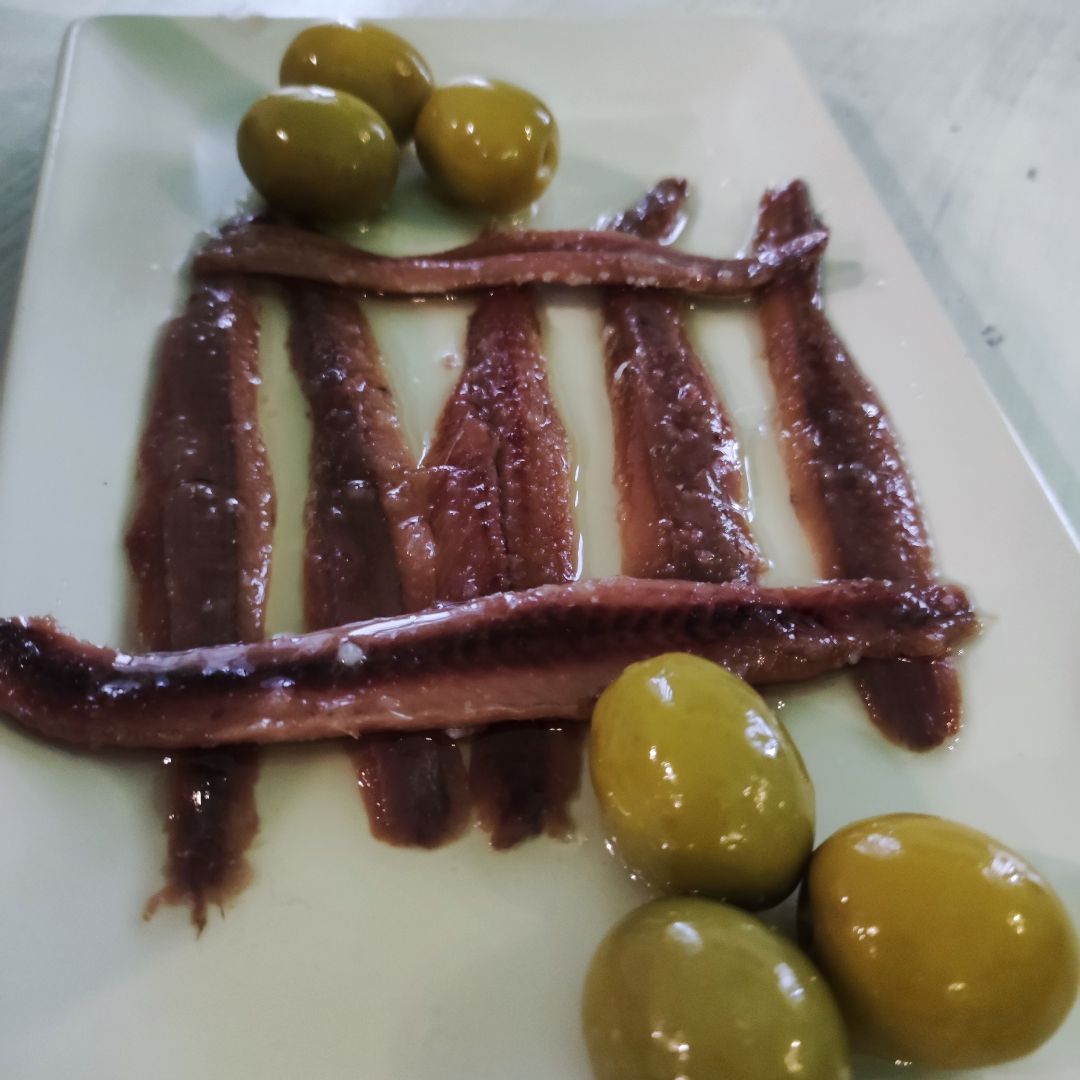
What to eat on the route today
Castro Urdiales, Laredo and Santoña are municipalities of the sea and as such, their strong point is fish and shellfish.
In Castro Urdiales the most typical dish is cuttlefish with onions (squid) and cod. If you like octopus, the portions are very good. Any fish from the area will be very fresh.
In Santoña, you can't leave without ordering an octavilla of anchovies, as the portion is called. washed down with a good white wine from Cantabria, I won't tell you how good it will taste you can find out for yourself!.
Practical Tips
Parking in Castro Urdiales
When you arrive in Castro Urdiales, there are several underground paid car parks. If you go in high season you may need them You can also park in regulated parking, there are two distinguished zones: the blue zone and the red zone. The red is the area in the center and therefore the most difficult to find parking. The most central car park is the Amestoy Park, right where the Tourist Office is located.
Castro Urdiales monuments opening hours
Before starting your tour of this fishing, whaling and commercial port, we recommend that you stop by the Tourist Office as they will inform you about the visiting hours of the Church of Santa María de la Asunción and the Castle Lighthouse, both of which are free to access. In addition, they will provide you with a map with the most relevant points of the town, although we already anticipated that you cannot miss it...
Laredo and Santoña
If you travel in good weather and prefer to enjoy the beach, you can change Laredo and Santoña for the beaches of Somo and Langre, also on the way to Santander and two of the most beautiful beaches in Cantabria. If it rains, you better skip the beach part.
Day 4: Comillas and San Vicente de la Barquera
Today's first stop will be the beautiful town of Comillas with the famous Capricho de Gaudí. The visit to this municipality will take up half a day as it has a lot to offer. At the entrance of the town, you will find a large free car park. Right in front you will come across the beautiful Palace of Sobrellano and the chapel-pantheon of the architect Joan Martorell. Start your visit by going to the Palacio de Sobrellano ticket office where you will be informed about the next guided tour. The entrance has a very modest price and the explanation of the interior of the palace and the Marquis of Comillas is very interesting. The visit lasts about 40 minutes. If you do not want to enter, although we strongly recommend that you do, access to the palace gardens is free. From up there you can see fantastic views of the Pontifical University and the giant Angel that the Marquis of Comillas had sculpted and that is located in the town's Gothic cemetery, facing the sea. The next ESSENTIAL visit is the Capricho de Gaudí, a modernist building by the great architect Antonio Gaudí, one of the few outside of Catalonia. It draws attention for its green tower that looks like a fairy tale. The entrance is acquired in the same enclosure and it is a most curious house. Pretty, but impractical. A total whim! Once you leave the building, you can go to the Fuente de los Tres Caños, in the center of Comillas, where you will find different restaurants where you can eat from the menu or portions. Also take the opportunity to do some shopping in the small shops in the area and, if you feel like it, before leaving this town you can go to the Gothic cemetery and the coast by car.
In the afternoon , after eating, it is time to continue our route to reach the fishing village that the famous David Bustamante made known, of which you can see photos in some of his establishments. Be that as it may, San Vicente de la Barquera is a beautiful town that, together with its small boats, its lighthouse and its monumental complex, make it a fantastic destination, especially in the hottest months, although in winter it also has its charm.
As soon as you arrive in San Vicente, you will see the Puente de la Maza and how the tide goes down at sunset to the point that the bottom is in sight and the boats stop floating. Take a walk through the little port, go to the Puente de la Barquera, stroll through the medieval streets and enter the King's castle to see the fabulous views from above. The visit will not last more than 15 minutes. In the surroundings you will find the facade of the old hospital, the Church of Santa María de los Ángeles and the medieval walls from where you can see some wonderful sunsets.
What will you see today?
Comillas
San Vicente de la Barquera
Where to eat in San Vicente de la Barquera
On the road, bordering the sea, is where the vast majority of restaurants in San Vicente de la Barquera are located. Here the term "alternate" is used a lot to mean to go from place to place for tapas.
If you are looking for a more elegant restaurant where you can have an aperitif, a drink or dinner, in the lighthouse you will find the most chic establishment in the area, the Ostrería San Vicente.
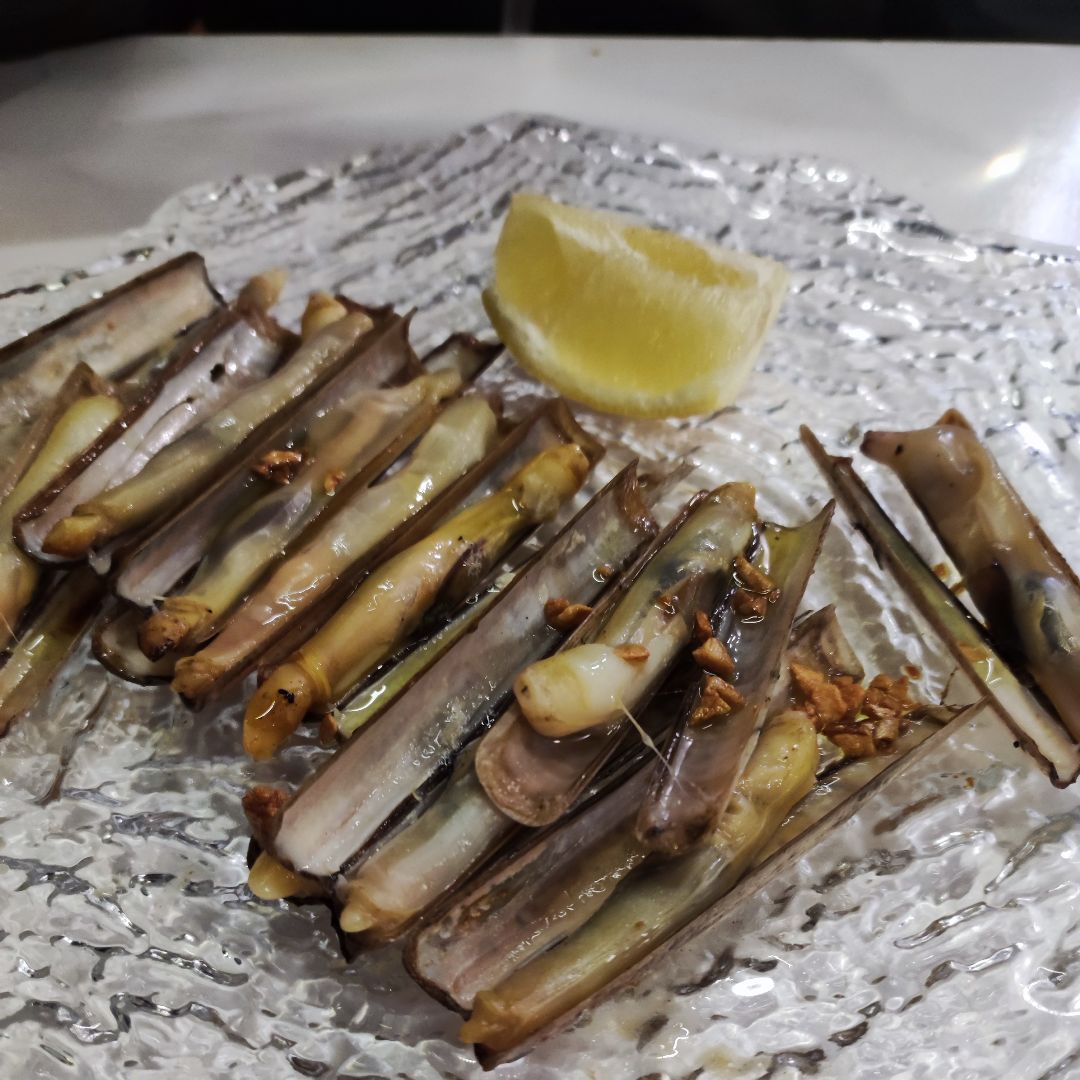
What to eat in San Vicente de la Barquera
As a good fishing village, its fish and shellfish are its forte. Here the term "alternate" is used a lot or, what is the same, go from place to place tapas. Among its portions, the razor clams from San Vicente de la Barquera stand out, somewhat smaller than the ones we are used to but very tasty, the bocartes (boquerones), the clams and the scallops. If you like cheese, we recommend that you ask for a portion with the typical cheeses of the area. They are great!
To drink a good Cantabrian wine, we tried Micaela, an Albariño ideal for fish and shellfish that we loved.
Day 5: Picos de Europa, Fuente Dé Cable Car, Mogrovejo, Santo Toribio and Potes Monastery
The first stop today will be the Fuente Dé cable car. To get there with the car you will drive through the Desfiladero de la Hermida, a beautiful road where you can admire the Picos de Europa. When you arrive at the Fuente Dé Cable Car, park your vehicle in the parking lot. With the ticket, you can go up to the cable car at a height of over 8,000 meters and in 4 minutes you will have reached the upper station where you can see the Picos de Europa or have a hot drink in the cafeteria. There is also a hiking route down well signposted but keep in mind that it takes more than 4 hours .... That depends on your time and your desire.
When leaving Fuente Dé, if it is close to lunch time, it is a good time to stop at one of the restaurants that overlook the road and try the typical lebaniego stew of this area.
At only 18 minutes by car, you will have arrived at Mogrovejo, a small village catalogued as the most beautiful village in Spain, where the movie Heidi was filmed, an Indian adaptation to Bollywood cinema. This town can be seen in 15 minutes as it is tiny. Leaving Mogrovejo, head to the Monastery of Santo Toribio de Liébana. It is on the way to Potes and has a valuable relic, the Lignum Crucis. Specifically, the largest of any Christian monastery or temple. Admission is free.
After visiting the Monastery of Santo Toribio, a place of pilgrimage, the next stop will be Potes, a beautiful mountain village, a favorite of many travelers. As soon as you arrive you will see the Torre del Infantado, park there and continue walking. The church, the stone bridge and its small streets invite you to do so. In this village, you will find stores with typical local products and souvenirs.
To end the day, return to your hotel in San Vicente de la Barquera, a 45-minute drive from Potes, rest and get ready to go to dinner at one of the charming restaurants by the sea.
What will you see today?
Cable car Fuente Dé
Mogrovejo
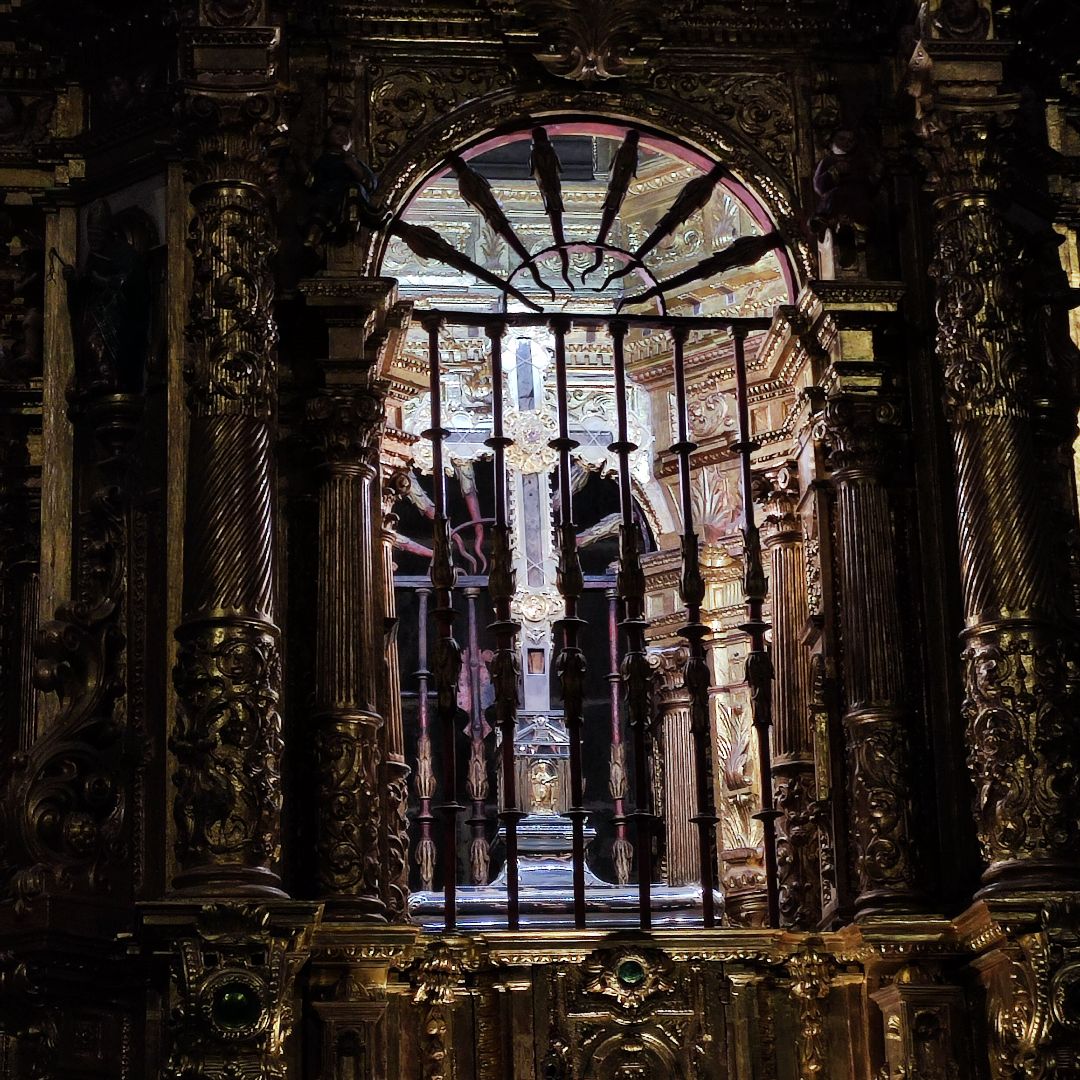
The Lignum Crucis
The Lignum Crucis is a relic highly valued by Christians as it is a piece of the cross on which Jesus Christ died. In fact, Lignum Crucis comes from Latin and means "wood of the cross". Although there are several Lignum Crucis relics around the world, the one in the Monastery of Santo Toribio de Liébana is the largest preserved, even more than the one found in San Pedro, in the Vatican, hence it is a place of pilgrimage for travelers from all over the world. the world who deviate from the Camino de Santiago just to be able to contemplate it. Whether you are a believer or not, the truth is that there are several historical sources that corroborate that this relic belonged to that time, not only because it appears in several historical texts but because science, through the analysis of wood, has been able to conclude that it belonged to that time and place.
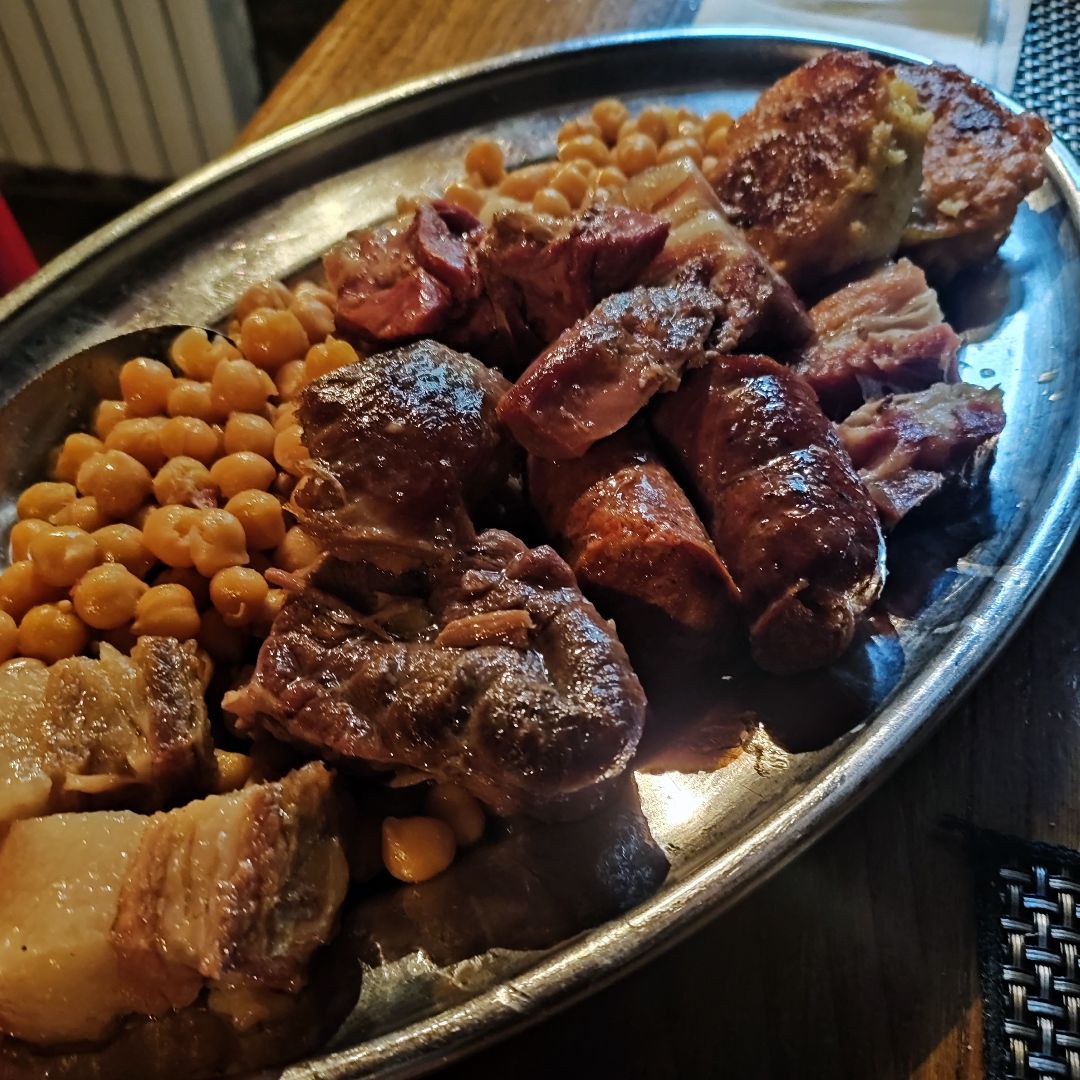
Lebaniego stew
Lebaniego stew is one of the typical dishes of the Liébana valley, in Cantabria. Its heartiness is because it is one of those winter dishes that take away the cold and give you the energy you need for the day. This stew is made up of chickpeas, potatoes, collard greens or cabbage and different beef and pork meats (chorizo, black pudding, bacon, ham bone) and is accompanied by an intensely flavored noodle soup. If you go to Cantabria in winter, you can't stop trying this unique dish that will leave you feeling like new. Of course, take it slow as there is a lot to digest.
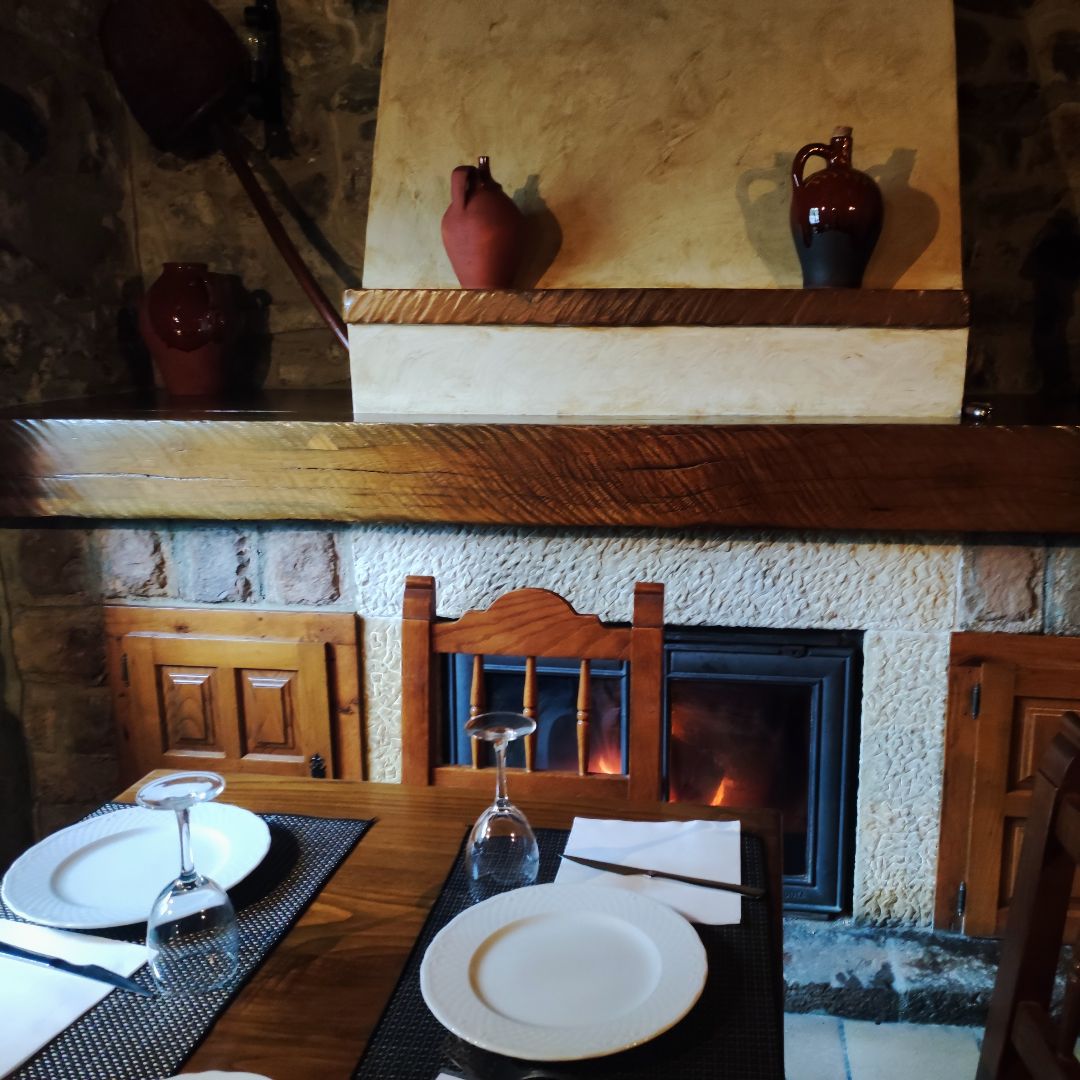
Where to eat a good Lebaniego stew
When you leave Fuente Dé and on the way to Mogrovejo, you will find Los Llanos restaurant. We stopped by chance to recharge our batteries on a cold and rainy day and it was a fantastic choice. The establishment is a stone house over 100 years old that has a warming fireplace. Most of its clientele are from Cantabria, so you will enjoy a 100% authentic traditional meal.
Day 6: Cave of El Soplao, Cabezón de la Sal, Ruente, Carmona and Bárcena Mayor
Today is going to be a very full day so we recommend that you get up early to start the route around 9am, so you can arrive at Bárcena Mayor at 3pm to eat.
The The first visit will be the cave of El Soplao, 28 minutes by car from San Vicente de la Barquera. (Closed every Monday). The guided tourist visit lasts one hour in which they will show you the different galleries of the cave and will explain everything about the formations, among which are the magnificent eccentrics, the protagonists of El Soplao. Once you leave the caves, in the municipality of Cabezón de la Sal you will find the impressive redwood forest, the largest in Europe. The walk will not last more than 30 minutes.
After 10 minutes you will come across the town of Ruente and its Fuentona, which, although small, has a beautiful nine-eyed bridge. Take a walk and find the source of the Fuentona that carries water to the stream. Another 20 minutes from Ruente is Carmona, cataloged as the most beautiful town in Spain, a place where time seems to have stopped. Enjoy its mountain houses, its stone streets, its stream and its green landscapes that are wonderful.
To finish, it is time to visit another of the most beautiful towns in Cantabria: Bárcena Mayor, the urban center of the Saja-Besaya Natural Park. This town, the oldest in Cantabria, has a great livestock tradition where the Tudanca cow is the protagonist. You will be able to see this black cow along the way, grazing freely.
After eating, in the afternoon, it is a good time to return to San Vicente de la Barquera and enjoy a walk through the port and its corners. If you have time, you can look out to Oyambre Beach, crossing the Puente de la Maza.
What will you see today?
El Soplao Cave
Ruente and Fuentona
The mountain stew and the Tudanca cow
Don't leave without trying the mountain stew, a traditional Cantabrian stew made up of white beans, collard greens and compango (chorizo, ribs, black pudding and bacon). You can find it in any of the mountain towns you are going to visit.
In Bárcena Mayor they prepare the best Tudanca cow, it is native to the area and it will not be so easy for you to find it again on your route through Cantabria.
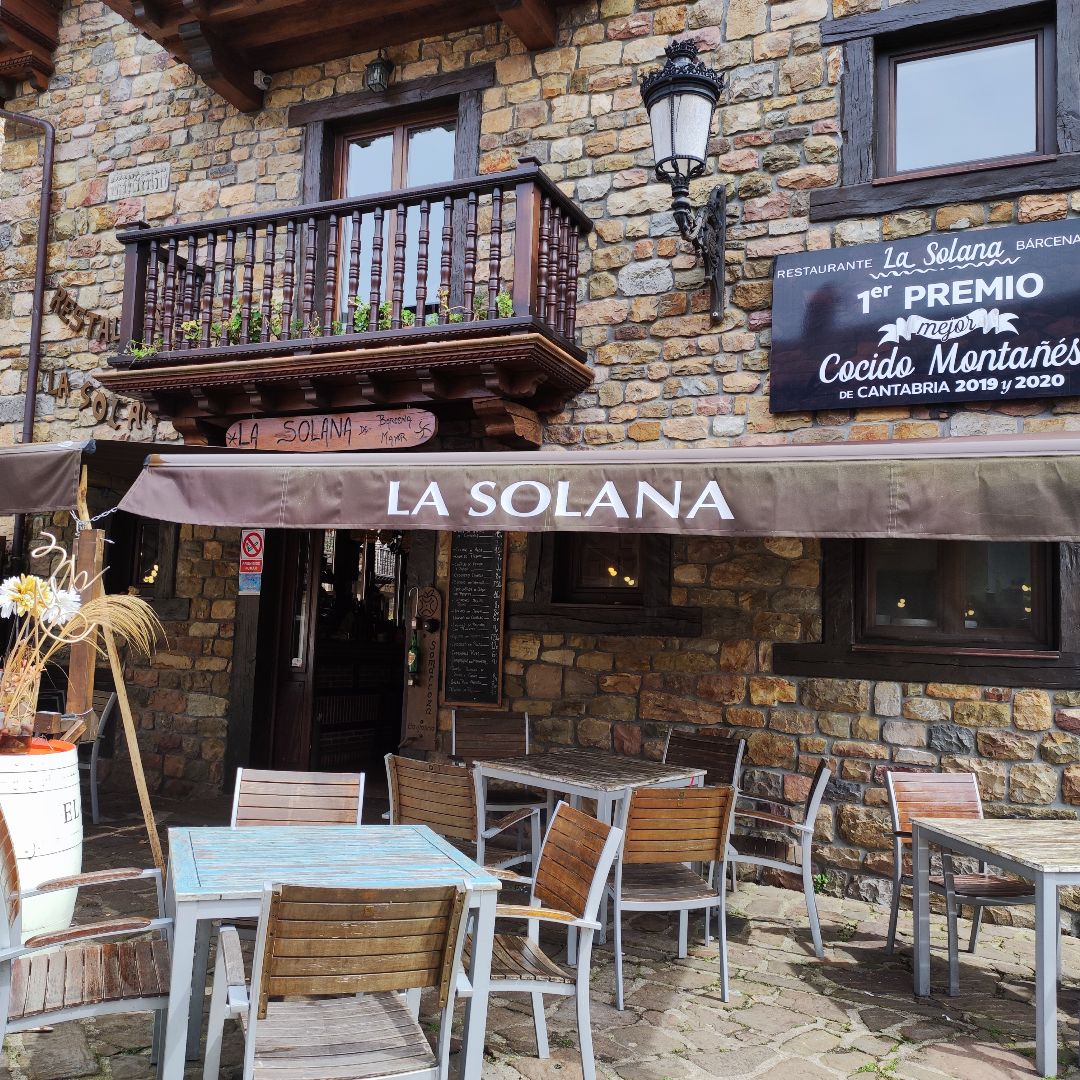
Barcena Mayor
In Bárcena Mayor there is a restaurant that has won the award for the best mountain stew for several consecutive years and also prepares an incredible Tudanca beef steak. It's called La Solana restaurant, as soon as you get to the town you'll run into it. It is a very nice traditional restaurant, with good prices and very good attention and sympathy. A Cantabrian woman from a nearby town recommended it to us and the truth is that we thanked her because everything was spectacular. Of course, be careful with the GPS because there are two La Solana restaurants, one at each end. Remember to look for La Solana de Bárcena Mayor.
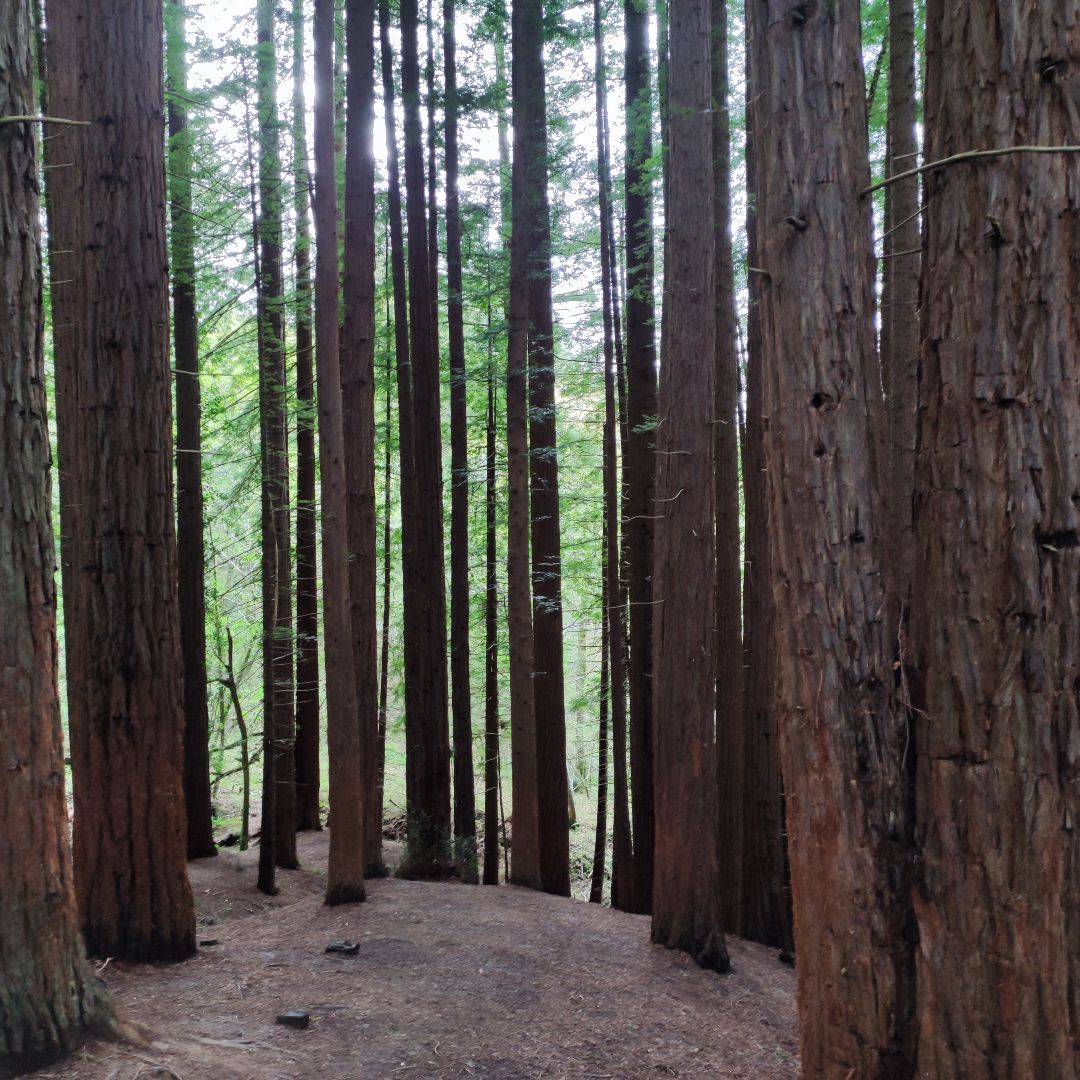
Sequoia forest of Cabezón de la Sal
In the redwood forest of Cabezón de la Sal, there is a free public car park. Going down you will find the entrance, there are several trails but the one with the sequoias is done through a wooden bridge. The path is very easy and accessible for people with reduced mobility. The path is circular and it takes about 30 minutes, a little more if you dedicate yourself to filling your mobile phone with photos of sequoias... You don't have to go crazy because then you don't know what to do with so many trees!
On the other hand, if you don't have much time, if you're traveling with children, or you just don't feel like walking, you don't have to go all the way around the trail since the redwoods can only be seen from the side of the trail. accessible path, the rest of the path is bordered by eucalyptus and other trees. We're not saying they're not pretty, but if you've come to see sequoias, then you can cross it off the list 😜.
Day 7: Farewell to Cantabria and back home
On this last day, it's time to say goodbye to Cantabria. Take the opportunity to make some minute last purchases and take some sobaos and quesadas home. You will surely miss them!
If you travel by plane
If you travel by plane, remember to be at the airport at least 2.5 hours in advance, especially if you have to return the rental car as you may find queues. It's better to be early than late!
Contact an expert
If you have any questions about this experience, if you want more details or if you want to customize your trip, don't wait any longer! Contact us and we will help you tailor your trip.
Contact us if you need to add flights, rental cars, transfers or events to your trip. We will solve all your doubts and we will help you finalize your reservation.
